the Netherlands – NL002A
Composition: Limestone
Colour: Yellow
Shape: Powder
A very pleasant taste of flour with a grainy texture, like soft sand.
Limestone powder originates from limestone sediments in the Dutch province Limburg. This limestone was deposited about 65 million years ago. The earth was obtained for the collection of the Museum of Edible Earth from the Sint-Gerlachus church in Houthem-Sint-Gerlach in spring 2017.
Long ago it was a popular tradition to use blessed earth and stone powder as a remedy against diseases and other discomforts.
At the origin of St. Gerlach sacred earth was the knight Gerlachus who lived during the twelfth century. After many years of penance he became a hermit on his estate. in the neighborhood of Houthem. According to the legend, small miracles happened around his grave after he died. People began to take home little bits of the earth from his grave because they believed it had special power. Some ate the earth for blessing and protection.
Later a church was built on the grave site. According to Professor Bert Boekschoten (Vrije Universiteit Amsterdam), the practice of folk medicine with the ‘blessed earth’ was used till the mid 18th century.
Nowadays people use the blessed powder to cure sick animals, plants and flowers. Pilgrims are provided with fine-grained limestone sand bordering the cliffs of the Geul river valley to the south and not anymore the loess soil in which the Saint was interred.
Sources:
● ‘Blessed earth and stone powder against diseases and other discomforts’, De Belemniet, by Jan Weertz, the Netherlands (English), accessed on 04/02/2022 www.debelemniet.nl
● ‘Geophagia’, Geo.brief magazine, 45e jaargang, number 6, page 22, by Prof. Bert Boek-schoten, October 2021, the Netherlands (Dutch) www.masharu.nl
● Tasty, Edible Earth, Unknown grounds. Reader, by Prof. Bert Boekschoten, pages 42-44, 2019, the Netherlands (English) issuu.com
Photo by masharu

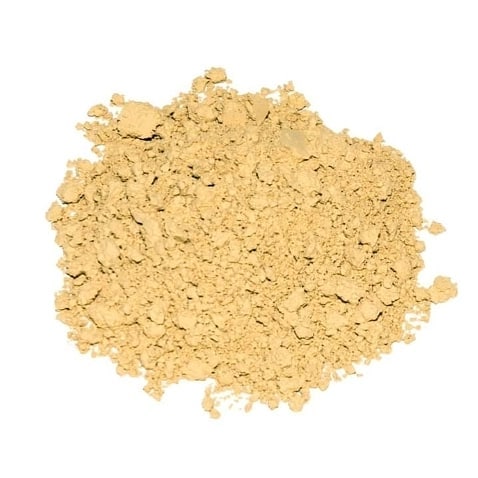

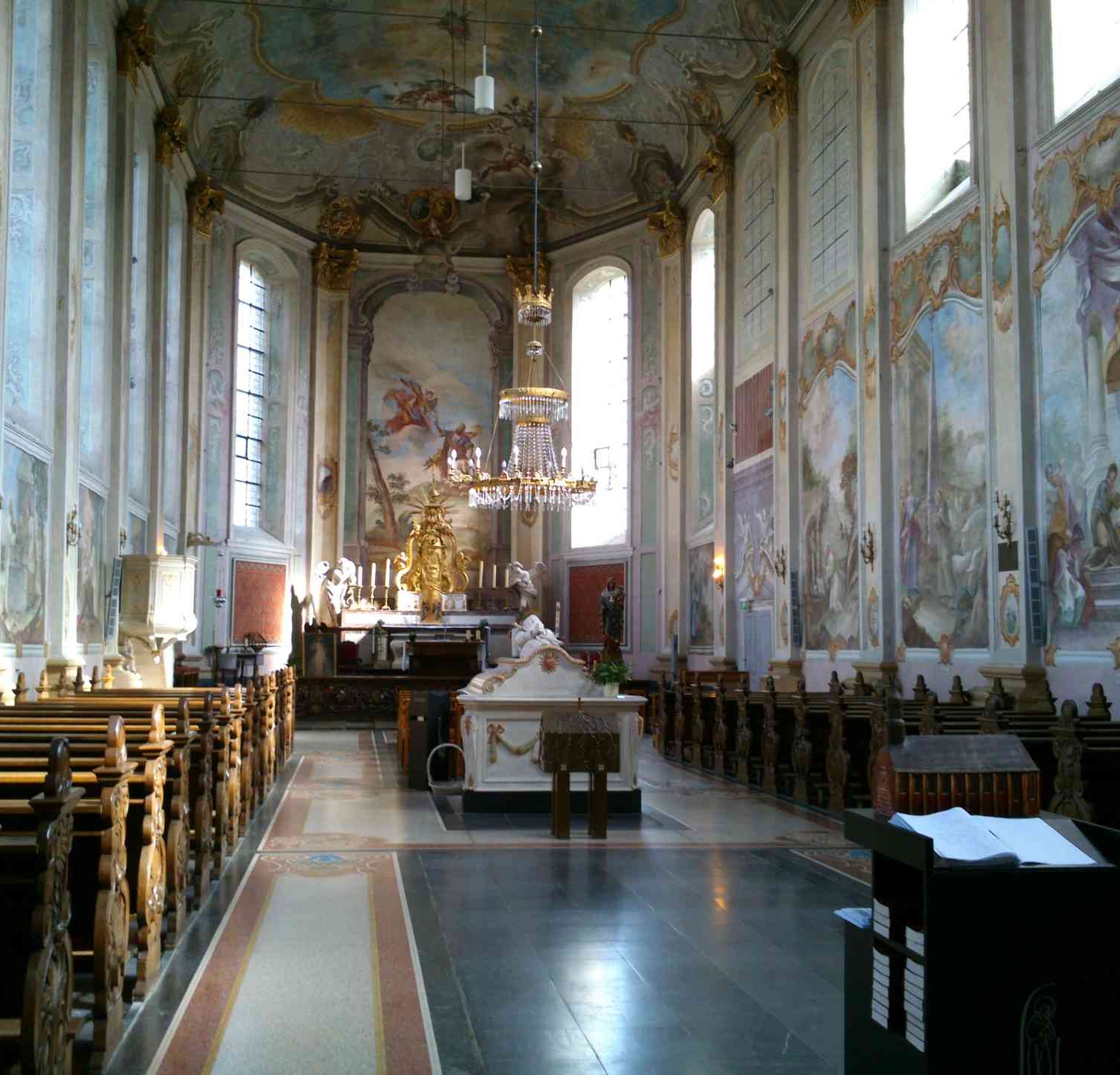
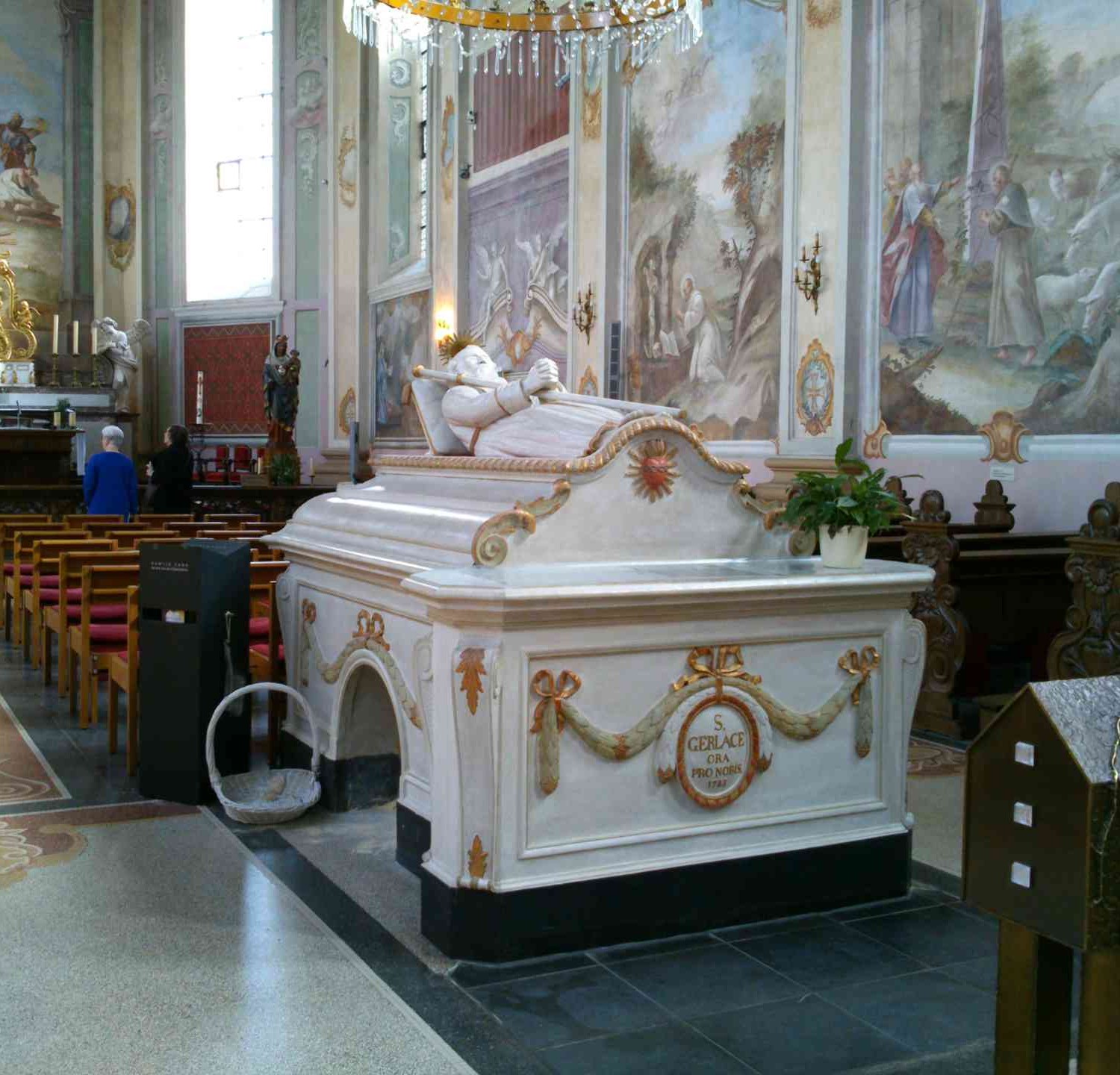

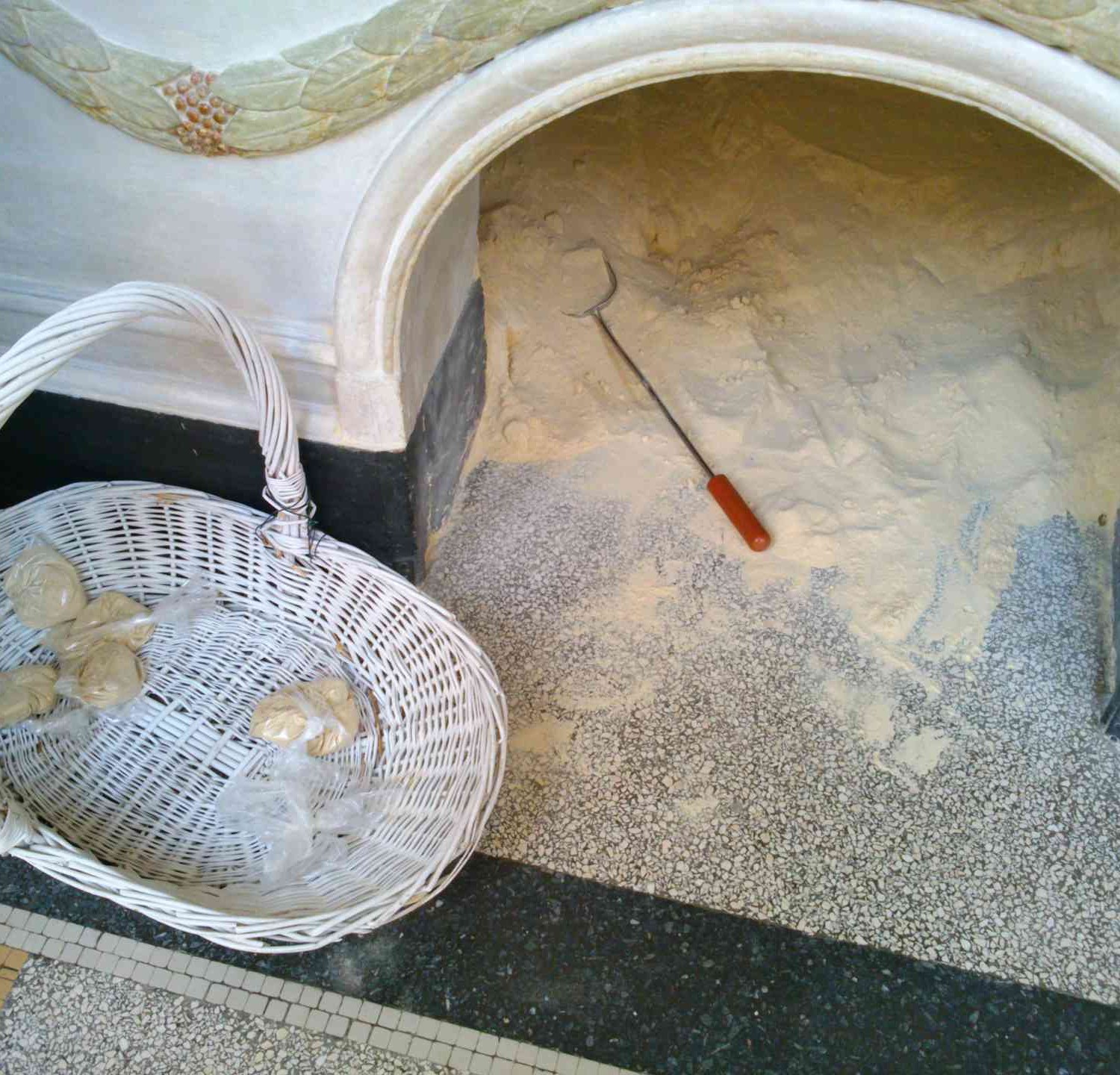
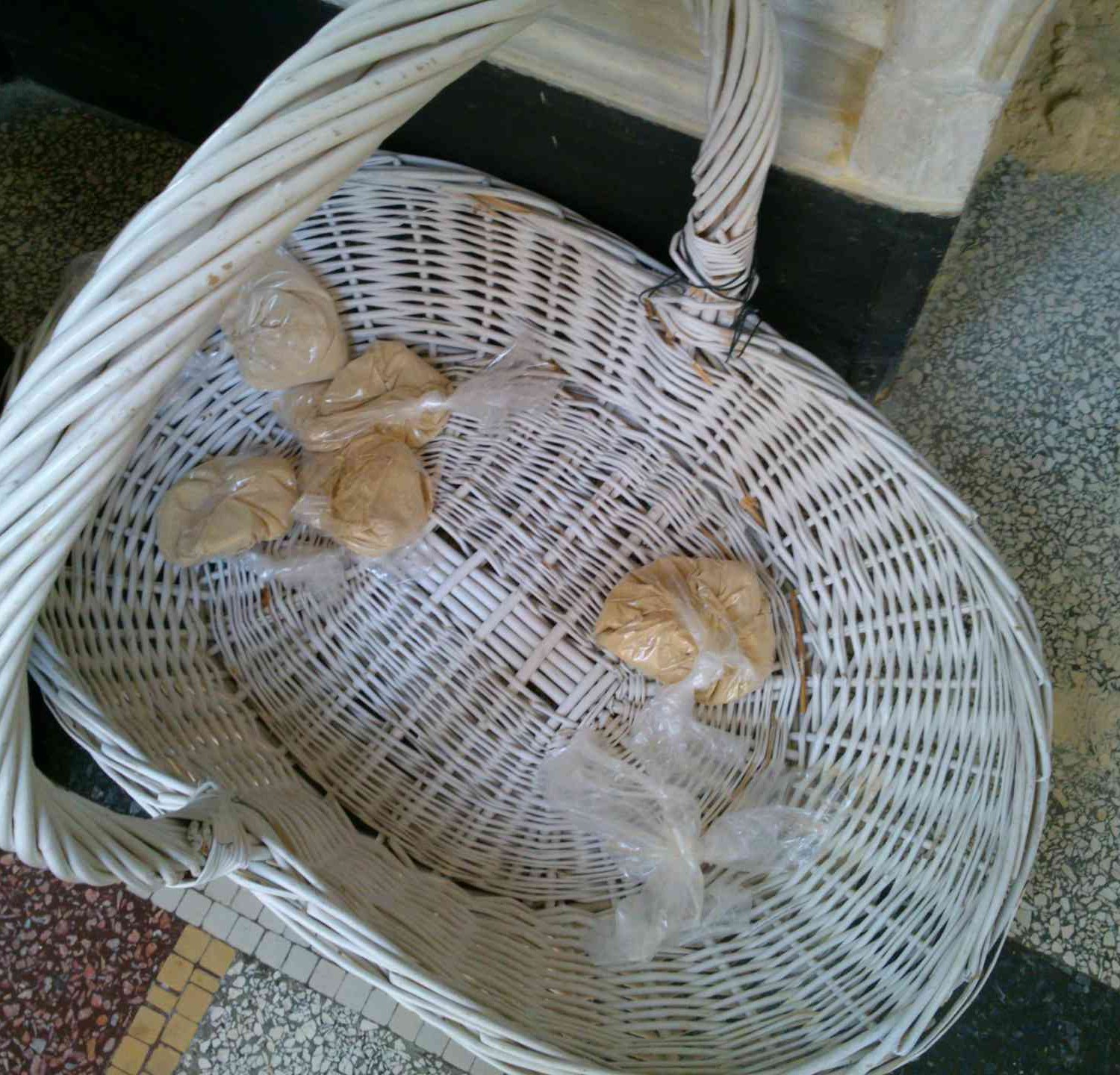
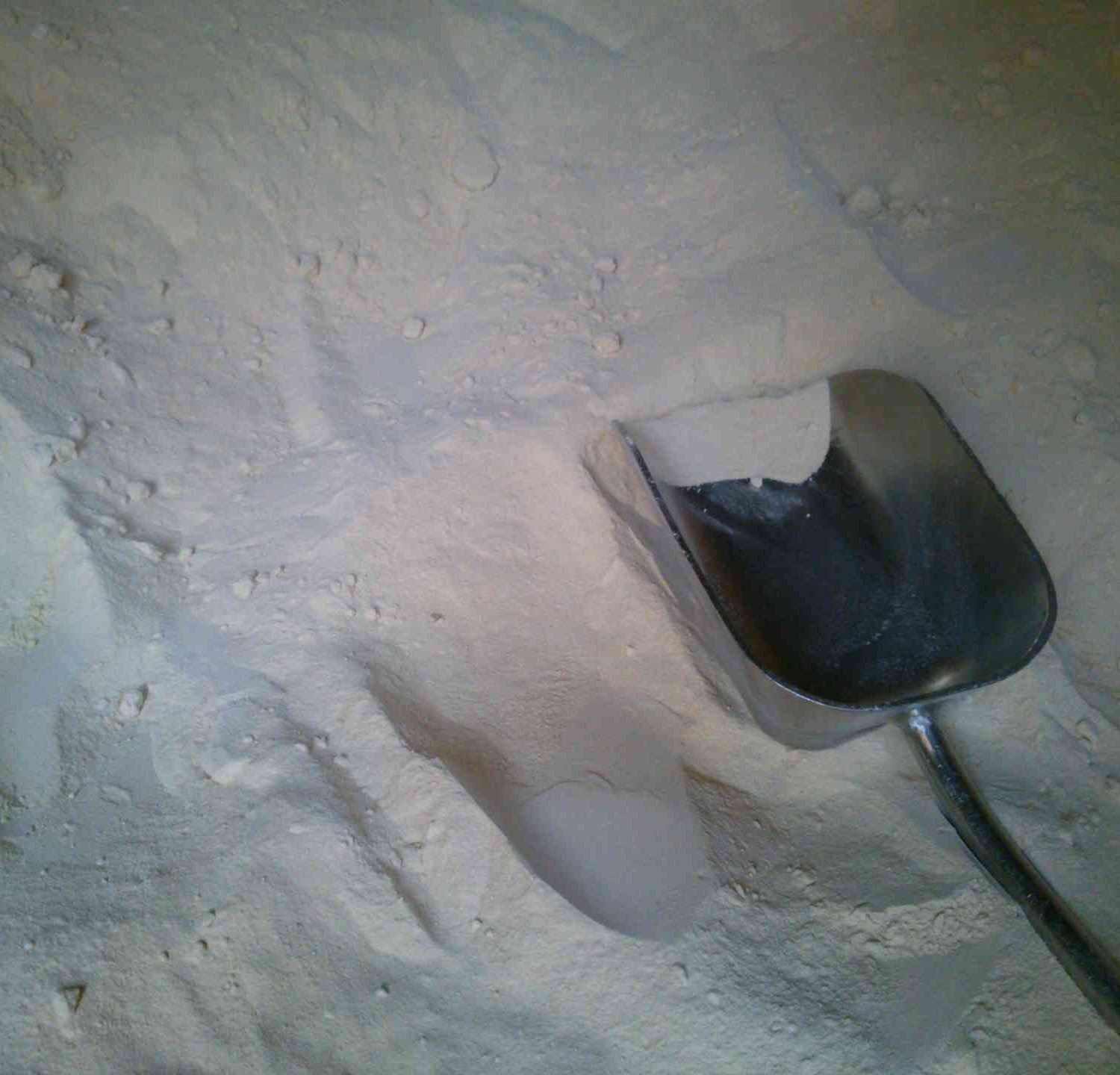
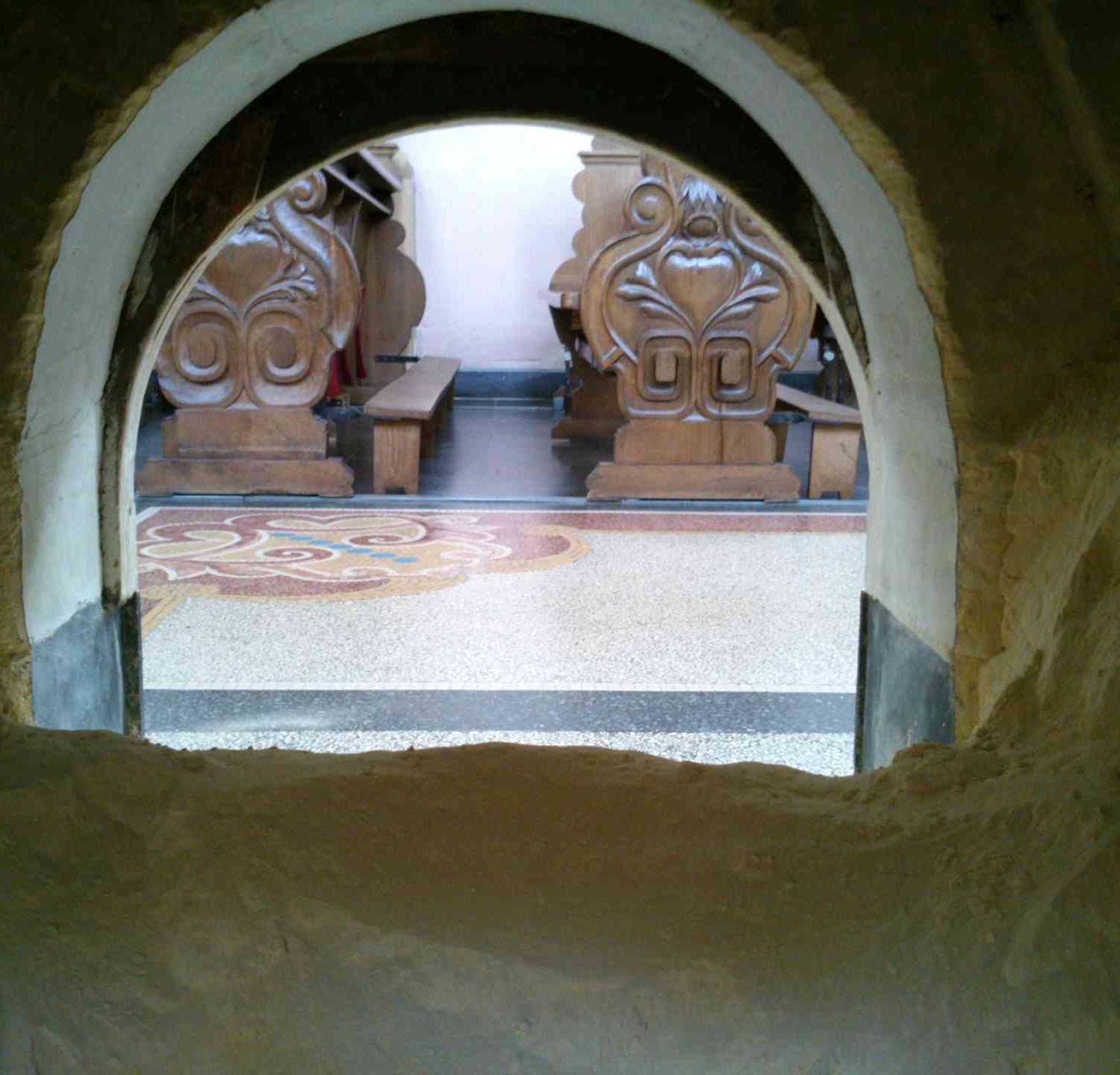

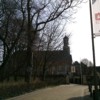



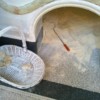
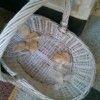
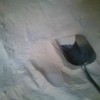
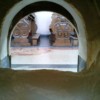

Earth and salt dialogue
Earth and salt dialogue
a little bit sandly
grainy, like soft sand
Stone medicine was produced by scratching church walls, exemplified by medieval Plechelmus in Oldenzaal, sandstone walls riddled with furrows In Groningen , this plebejan practice held on at least to the middle 18th century,but was never reccorded. Furrows are present in Groningen A-church,and in village churches at Bellingwolde,ter Apel, Loppersum,Kantens: and in burial stones at Termunten, Wehe and Wirdum. I thought that this might interest you!
Grainy. Similar to chalk. Bitter aftertaste. It makes me salivate more. Dry. Fizzy (like bubbly).
It looks like an unknown drug. Corn flour. It doesn’t melt in your mouth.
neutrale smaak,crunzy.
Solo arenoso, muito bom
A curious example of holy dust consumption I learned recently: shallow, conical hollows in big boulders of megalith graves-hunebed in Dutch.They were produced by turning around a flint implement, to scrape powder from these sacred rocks for consumption. Later, in metal times, knives or chisels would be used on church walls- and such. That would result in furrows, not in conical bowl-shaped hollows! So, 5000 years ago, people in Holland,Germany, Scandinavia, consumed crushed granite…
It is not a full taste, it is hollow
I am getting a headache again
It also makes my dizzy, I feel disgusted
Sour
Very grainy
Like sand but much finer
I’ve had better… You are expecting a very hard structure, but it is not. It is very grainy. Sparkling. I kind of like it. It is not bad. Good beginner sand. It makes skin even. The circulation in the skin becomes better. But then it is less red
Taste impressions from Designkwartier Den Haag curated by Satellietgroep, 2017:
No strong taste like flour a bit
sort of dusty and salty
old and dusty
Tastes like the inside of a Church.
niet veel smaak.
zanderig
very dusty
Taste impressions from Designkwartier Den Haag curated by Satellietgroep, 2017:
a little salt
stoffig
slightly-salty
niet lekker in de mond blijft hange
neutraal,
Sandy, ?
feels like I’m eating tiny grains.
Taste impressions from Designkwartier Den Haag curated by Satellietgroep, 2017:
droog & stoffig
beetje zout of is dat mijn eigen huid?
niet onplezierig/vervelende structuur!
Taste impressions from Designkwartier Den Haag curated by Satellietgroep, 2017:
knapperig,
lekker om tussen je kiezen heen en weer te stampen!
kalkachtige,
poederige smaak.
lekker.
Taste impressions from Designkwartier Den Haag curated by Satellietgroep, 2017:
Bit salty at first.
Neutral, tasteless
A textura se assemelha muito a do leite em po.
No taste, sandy. Good taste though
sandy and dry, but releases some kind of gas when opened. Should I be concerned?
tv1tym
rud398
nbz8d1
5rvb5i
yxl5u5
w5i9y8
v87ohe
ct4ifh
tr312v
to9dra
n8exc1